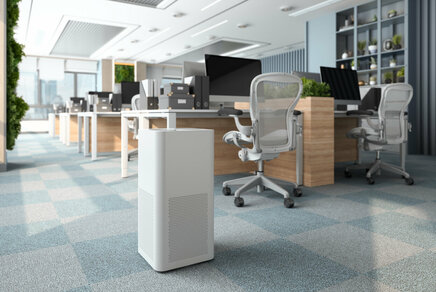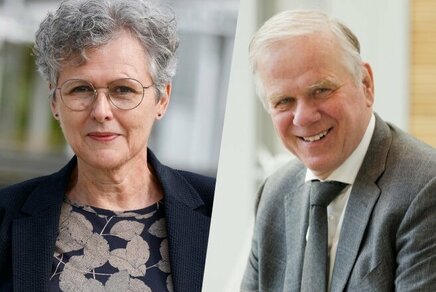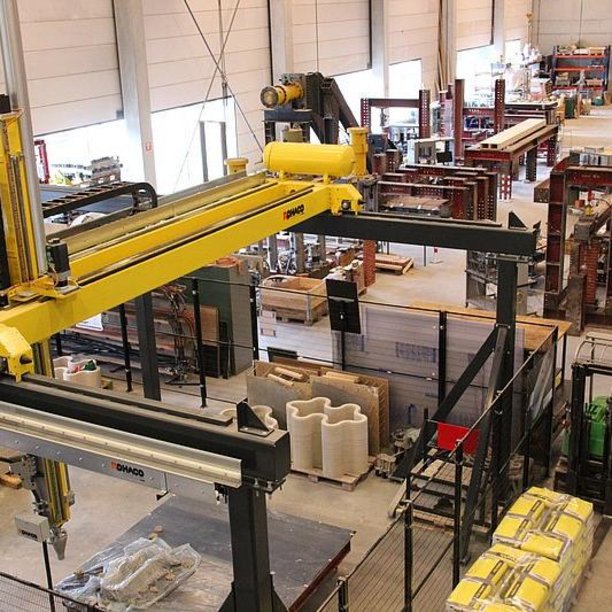Forefront research on the mechanical behaviour, optimisation, and design of structural systems, elements, and materials, ensures a safe, functional, aesthetic and sustainable built environment.
SED contributes to the forefront of challenging technological developments. For the chair of Innovative Structural Design this applies to its research on lightweight, adaptive, or otherwise innovative structures. Examples are the computational parametric modelling and form-finding of textile structures and the design and actual construction of reinforced ice structures. In addition, the work on bio-based structural materials is worth mentioning. Further on the activities include the evaluation of the potential to transform existing buildings towards a circular economy. The chair of Applied Mechanics has a strong international reputation in the modelling of failure (plasticity, fracture, damage, phase transformations) and deformation of advanced engineering materials. The coupled modelling of the mechanical behaviour of materials with other physical processes finds relevant applications within collaborative PhD research projects on the chemical degradation of concrete sewer systems, the damage development of historical museum objects under varying climate conditions, the optimization and durability of wind turbines, and the thermal resistance of steel structures. In addition, multi-disciplinary optimization of buildings is researched via a combination of conceptual design process simulation and computing science optimisation. The research in the chairs Steel Structures and Aluminium Structures encompasses the structural behaviour and fatigue of building components and structures made from steel, aluminium, and glass. In the chair of Concrete Structures, one of the highlights is the advanced research in 3D-printing of concrete structures, besides research on the sustainable concrete and masonry structures. The research within the program has led to a substantial number of articles in high-quality scientific journals and refereed conference proceedings. The impact of the used journals is 1.41 times higher than the world average in the field. Also more than 50% of the publications have been co-authored with members from other organisations.
Read moreMeet some of our Researchers
Recent Publications
Our most recent peer reviewed publications
-
Anton van der Esch,Rob J.M. Wolfs,Simon N.M. Wijte
Crack width and crack spacing in reinforced and prestressed concrete elements
Data in Brief (2024) -
Anton van der Esch,Rob J.M. Wolfs,Sonja Fennis,Marco Roosen,Simon N.M. Wijte
Categorization of formulas for calculation of crack width and spacing in reinforced concrete elements
Structural Concrete (2024) -
Anton van der Esch,Rob J.M. Wolfs,Simon N.M. Wijte
Calculation of Steel Stresses in Cracked Reinforced Rectangular Concrete Elements Loaded in Bending
(2023) -
Johnny L.G. van Rie,Jeff Modderman,Herm Hofmeyer
Shear Creep of Polystyrene Cores in Wood-Based Panels
(2023) -
Anton van der Esch,Rob J.M. Wolfs,Simon N.M. Wijte
Determination of uncertainty in the description of crack widths using artificial neural networks
(2022)
News



Education
Contact
-
Secretary


